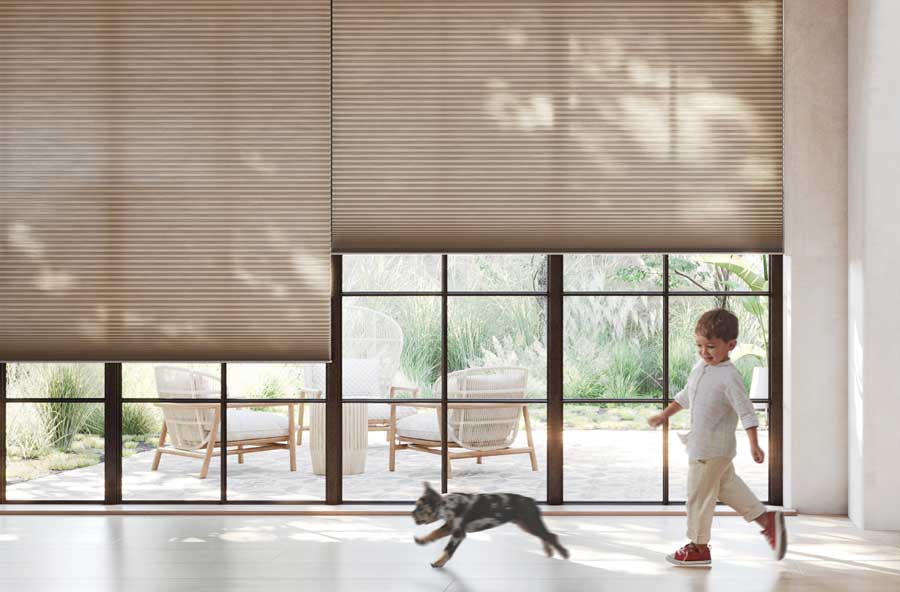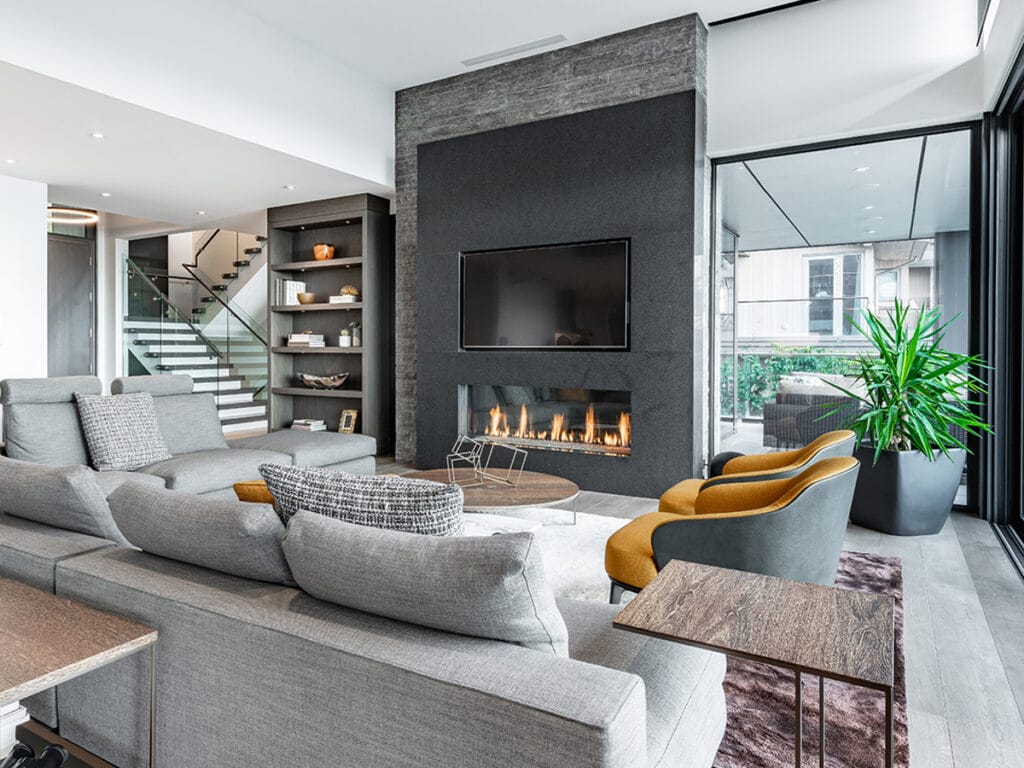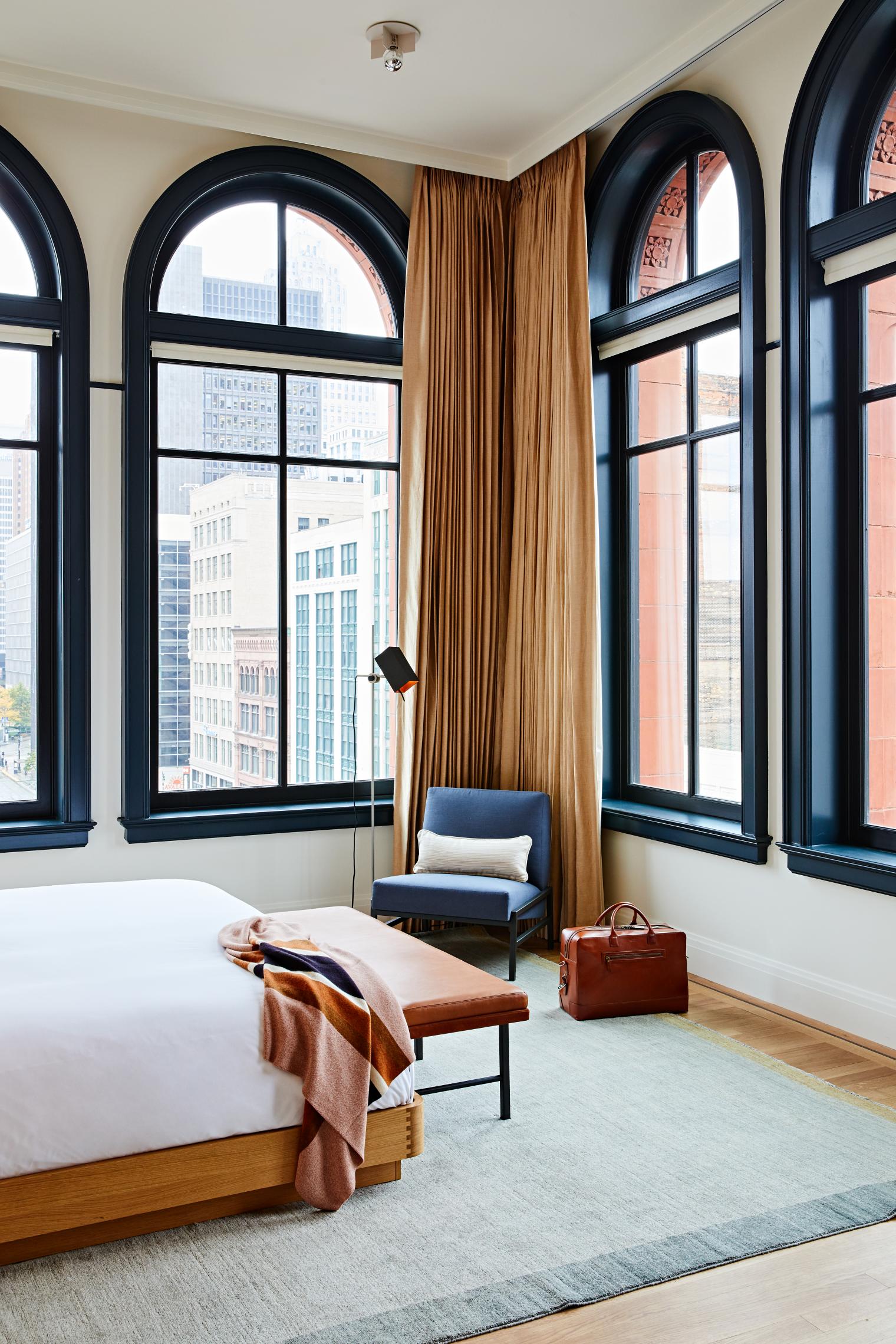The most complete guide to Phoenix blinds for sustainability
The Ultimate Overview to Blinds: Types, Benefits, and Selecting the Right Fit for You
The globe of home window therapies is huge and differed. Blinds come in various styles, each offering distinct advantages for various settings. Recognizing these options is important for making notified decisions. Furthermore, variables like material selection and space capability play a substantial duty. As one thinks about the perfect equilibrium in between visual appeals and practicality, the subtleties of gauging and keeping blinds also become vital components. What should one focus on when choosing the ideal home window remedy?
Kinds of Blinds: An Extensive Introduction
Blinds act as both aesthetic and functional components in indoor style, offering numerous options to fit diverse choices and demands. Amongst the most prominent types are Venetian blinds, defined by horizontal slats that can be changed for light control and privacy. Roller blinds, understood for their simplicity and convenience, can be found in a series of patterns and materials, making them appropriate for modern-day and standard setups. Upright blinds, usually utilized for larger home windows or gliding doors, enable simple adjustment and are usually made from fabric or plastic.
Roman blinds, with their sophisticated folds, include a touch of elegance to any kind of space, while mobile tones offer insulation and power efficiency. Furthermore, bamboo blinds provide an all-natural, environment-friendly option, instilling spaces with heat. Each kind has distinct functions and designs, guaranteeing homeowners can discover the perfect fit for their certain design and useful requirements.
Benefits of Putting Up Blinds in your house
The installation of blinds in a home uses numerous substantial benefits. They offer improved personal privacy control, permitting property owners to manage presence from the exterior. In addition, blinds contribute to energy effectiveness by assisting to handle indoor temperature levels, reducing the dependence on heating and cooling down systems.
Enhanced Privacy Control
Setting up blinds provides a considerable benefit in privacy control when home owners seek to improve their living areas. Blinds supply a flexible option for managing exposure from both the interior and exterior of the home. By changing the slats or raising the blinds, individuals can conveniently take care of the quantity of light going into while all at once blocking the sight from outdoors. This versatility allows property owners to produce a comfortable atmosphere without sacrificing natural light. In addition, numerous styles and materials are offered, making certain that homeowners can select choices that effortlessly blend with their style while improving personal privacy. Inevitably, the installment of blinds functions as an efficient ways to safeguard personal space, encouraging leisure and comfort within the home setting.
Energy Efficiency Renovation
Setting up blinds not just improves privacy yet also significantly adds to power effectiveness in the home. By controling all-natural light and minimizing heat transfer, blinds can aid keep a constant indoor temperature. Throughout warmer months, shutting blinds can obstruct out too much sunlight, therefore decreasing the reliance on cooling. On the other hand, in cooler months, they can provide insulation by capturing warm, reducing heating prices. Furthermore, energy-efficient blinds, such as cellular shades, are designed especially to decrease energy loss. By spending in quality blinds, homeowners can develop a more comfortable living setting while also decreasing power bills. Ultimately, the installation of blinds offers as a practical option for those seeking to improve both convenience and power efficiency in their homes.
Exactly how to Choose the Right Blinds for each and every Area
How can one determine the most appropriate blinds for each and every space in a home? The choice procedure starts with evaluating the space's objective and environment. In living areas, flexible blinds that enable light control while making certain privacy are suitable. In rooms, power outage blinds can boost sleep top quality by shutting out exterior light.
Washrooms and kitchens need moisture-resistant options to stand up to moisture, making vinyl or artificial wood blinds ideal options. In addition, the wanted aesthetic plays a vital role; coordinating blinds with the space's decor improves the total atmosphere.
Think about the amount of natural light each room receives; lighter blinds may be more effective for dark spaces, while darker choices can add heat to sunlit rooms. Inevitably, comprehending particular requirements and preferences for functionality and design will guide property owners in making informed choices customized to every room's unique needs.
Product Options: Wood, Vinyl, Textile, and A lot more

Timber Blinds Perks
Wood blinds are a popular selection among homeowners looking for a blend of looks and functionality. One substantial advantage of wood blinds is their all-natural charm, supplying a warm and welcoming look that enhances any kind of indoor decor. They are readily available in various coatings and colors, permitting personalization to match personal design. Furthermore, timber blinds provide excellent light control and privacy, as their slats can be conveniently adapted to filter sunshine while maintaining seclusion. Their sturdiness is an additional advantage; with proper treatment, wood blinds can last for many years without shedding their appeal (Phoenix window coverings). In addition, they have insulating residential or commercial properties, aiding to manage indoor temperature levels and potentially lowering power prices. Overall, wood blinds merge style and practicality, making them a perfect option for several households
Vinyl Resilience Features
Vinyl blinds attract attention for their remarkable sturdiness, making them a sensible choice for various environments. These blinds are resistant to dampness, making them suitable for locations such as bathroom and kitchens where humidity can be a concern. Unlike timber, plastic does not warp, split, or discolor under sunlight, guaranteeing lasting performance and very little maintenance. In addition, they are readily available in a range of styles and shades, enabling house owners to tailor their look without compromising toughness. Vinyl blinds are also easy to tidy; a straightforward wipe with a moist cloth is often enough to keep them looking fresh. In general, their resilience and reduced upkeep make vinyl a preferred choice among homeowners looking for both capability and aesthetic allure.

Material Options Review
Blinds can be found in a range of fabric alternatives that deal with different visual and functional demands. Common materials include that site wood, textile, and vinyl, each offering one-of-a-kind benefits. Wood blinds supply a classic, cozy aesthetic and outstanding insulation but need upkeep to stop warping. Plastic blinds are durable and moisture-resistant, making them suitable for high-humidity areas like cooking areas and restrooms. Material blinds, readily available in various shades and patterns, supply adaptability and softness, improving home style while providing varying levels of light purification. Additionally, choices like synthetic timber supply the look of natural timber with added toughness. When selecting blinds, it is critical to assess the certain requirements of each space to ensure peak efficiency and style.
Gauging and Installing Blinds: Tips for Success
Determining and setting up blinds may seem simple, cautious interest to information is essential for accomplishing a best fit. It is crucial to gauge the home window frame precisely, noting both the width and height. For within places, deduct a tiny quantity from the size to ensure a tidy fit, while outside installs ought to extend past the structure for far better light control and visual appeals. Making use of a steel tape step is recommended for accuracy.
When mounting, collect all necessary devices, such as a degree, drill, and screws. Complying with the producer's guidelines is critical to assure appropriate installation. It is advisable to pre-drill holes to stop harming the braces. Additionally, having a second individual can make the process smoother, especially when raising heavier blinds. Finally, after installment, test the callous validate they run smoothly and change as necessary for maximum capability.
Maintenance and Look After Long-Lasting Blinds
Proper upkeep and care can substantially expand the life expectancy of window treatments. Regular cleaning is necessary; utilizing a soft towel or a microfiber duster can successfully remove dirt without scraping surface areas. For deeper cleansing, a gentle solution of soap and water is advised, applied with a soft sponge, ensuring that no moisture leaks into the systems.
For textile blinds, spot cleansing is suggested, while wooden blinds must be treated with a wood-safe cleaner to maintain their surface. Stay clear of subjecting callous excessive wetness, warmth, or direct sunshine, which can lead to warping or fading.
In addition, regular examination of cords and systems can stop wear and tear. It's a good idea to comply with manufacturer standards for details products, as different blinds might have special treatment needs. By adopting these easy upkeep practices, house owners can assure their blinds continue to be functional and visually pleasing for several years to come.
Frequently Asked Questions
Can Blinds Assist Reduce Power Prices in My Home?
Blinds can properly lower energy costs in a home by offering insulation, blocking heat during summertime, and preserving heat in wintertime. Their capacity to manage light and air flow improves energy efficiency throughout the year.
Are There Child-Safe Options for Blinds?
Yes, there are child-safe alternatives for blinds. These consist of cordless styles, retractable cords, and safety and security tools that get rid of dangling cables, guaranteeing a secure environment for kids while preserving capability and visual charm in homes.

Just How Do Blinds Compare to Tones or curtains?
Blinds generally offer extra precise light control and space performance than shades or curtains. Phoenix blinds. They are often easier to keep and clean up, while drapes offer a softer aesthetic, and shades can use varying insulation advantages
Can I Personalize the Design And Color of My Blinds?
Yes, blinds can be personalized in both design and color. Various suppliers provide a wide variety of alternatives, allowing customers to pick materials, patterns, and tones honeycomb cellular shades that fit their personal aesthetic and home design.
What Is the Ordinary Life Expectancy of Various Kinds Of Blinds?
The typical lifespan of blinds varies: timber blinds last 5-10 years, faux timber 7-10 years, aluminum 5-10 years, and fabric tones around 5 years, relying on exposure, usage, and maintenance to sunlight.
Bathrooms and cooking areas require moisture-resistant options to endure humidity, making plastic or faux wood go to this web-site blinds appropriate selections. Wood blinds supply natural appeal and warmth, while plastic supplies sturdiness and convenience of upkeep. One significant benefit of wood blinds is their all-natural elegance, supplying a cozy and inviting look that boosts any interior style. Furthermore, timber blinds supply excellent light control and privacy, as their slats can be easily changed to filter sunshine while preserving privacy. For material blinds, area cleansing is advisable, while wooden blinds ought to be treated with a wood-safe cleaner to maintain their finish.